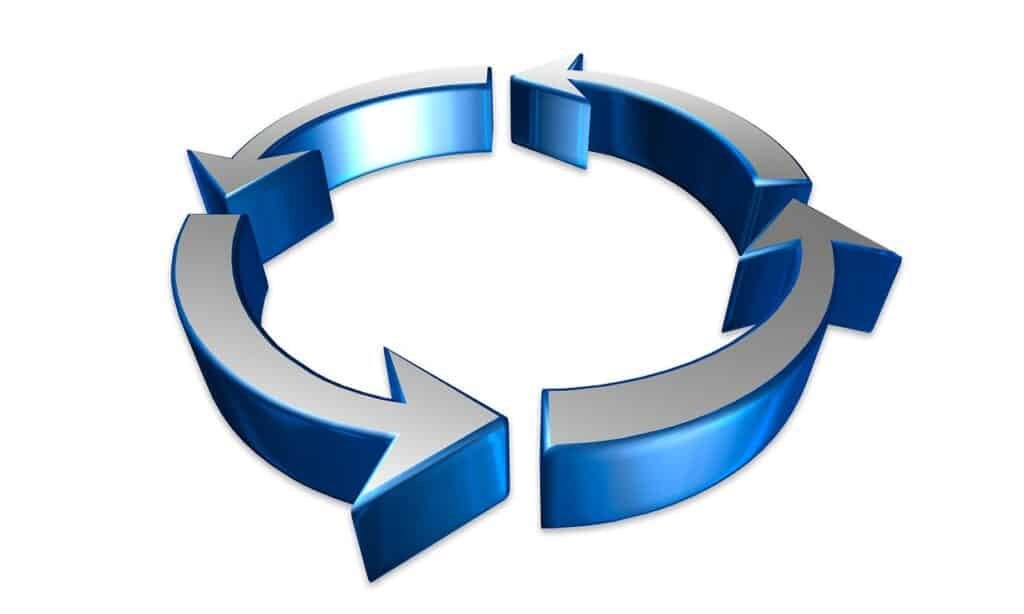
Economic growth is measured by changes in the size of a nation’s income. There are a variety of ways to calculate national income, the method used most often by the media and economists is Gross Domestic Product (GDP).
GDP doesn’t rise at a steady rate each year. There are often fluctuations, and it’s not uncommon for the level of GDP to fall, characterised by periodic but irregular up-and-down movements in economic activity.
The fluctuations themselves happen on a regular basis and follow the same pattern. This is what’s known as the business cycle. There are four elements that make up the business cycle.
Boom
During a boom, the economy grows and output is high. Consumer spending is also high, with many willing to borrow money to fund their purchases. High mortgage lending by banks and building societies help grow house prices.
Unemployment is likely to be at a low, so much so businesses may find it difficult to recruit new employees. There will be a strong demand for goods and services and, combined with an increase in wages (as businesses compete to employ a limited supply of workers) inflation may increase.
Businesses may not be able to cope with the increased demand, instead, demand is likely to shift towards imported goods. Encouraged by the strong demand, businesses tend to increase their investment spending in order to maximise their capacity.
The number of new businesses created will be at record numbers, having been attracted by the possibility of high profits.
Recession
If GDP is growing at a very low rate, the terms ‘recession’ or ‘downturn’ are usually applied. During this time the rate of economic growth begins to fall. Due to the decrease in growth, unemployment levels rise, which leads to even lower demand growth.
Businesses will find it increasingly difficult to push through price increases, causing the rate of inflation to fall. Many businesses will see a fall-off in the growth of sales; profit growth will also falter and may even become negative.
The demand for imported goods will fall as the rate of growth in overall spending by UK customers slows.
Slump/Depression
If economic growth becomes negative then it’s referred to either as a ‘slump’ or ‘depression’. During a slump, unemployment is relatively high and inflation is low. Falls in demand will often lead to workers being laid off.
It will become difficult for businesses to increase their prices without sacrificing sales. Investment by businesses will be low, and there will be spare capacity in the economy.
Recovery
During recovery, the economy starts to pick up, and the rate of GDP increases, moving from a negative position to a positive one. Unemployment, too, begins to fall as businesses are able to take on more workers in order to cope with the rise in economic activity.
Inflation may increase alongside the rate of growing demand, and businesses will begin to increase their investment spending as business confidence increases.
